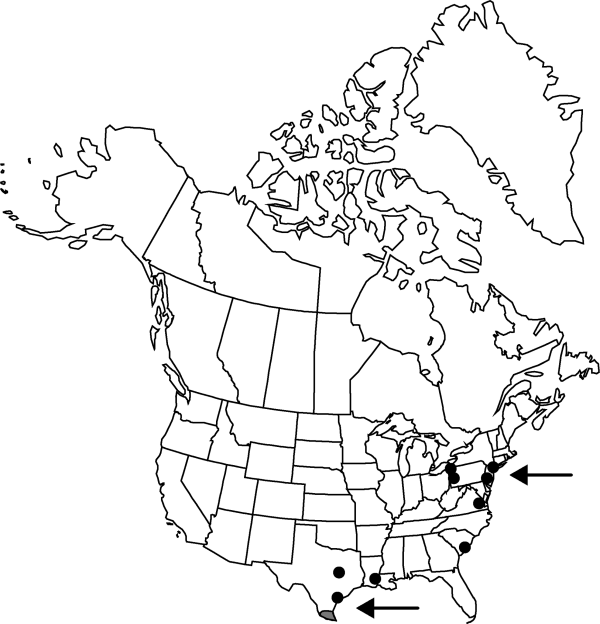Difference between revisions of "Gomphrena globosa"
Sp. Pl. 1: 224. 1753.
Common names: Common globe-amaranth
Introduced
FNA>Volume Importer |
imported>Volume Importer |
||
| (6 intermediate revisions by 2 users not shown) | |||
| Line 8: | Line 8: | ||
}} | }} | ||
|common_names=Common globe-amaranth | |common_names=Common globe-amaranth | ||
| + | |special_status={{Treatment/ID/Special_status | ||
| + | |code=I | ||
| + | |label=Introduced | ||
| + | }} | ||
|basionyms= | |basionyms= | ||
|synonyms= | |synonyms= | ||
| Line 24: | Line 28: | ||
|elevation=10-500 m | |elevation=10-500 m | ||
|distribution=La.;N.J.;N.Y.;Pa.;S.C.;Tex.;Va.;native of s Asia;widely escaped from cultivation. | |distribution=La.;N.J.;N.Y.;Pa.;S.C.;Tex.;Va.;native of s Asia;widely escaped from cultivation. | ||
| + | |introduced=true | ||
|tables= | |tables= | ||
|references= | |references= | ||
| Line 32: | Line 37: | ||
-->{{#Taxon: | -->{{#Taxon: | ||
name=Gomphrena globosa | name=Gomphrena globosa | ||
| − | |||
|authority=Linnaeus | |authority=Linnaeus | ||
|rank=species | |rank=species | ||
| Line 47: | Line 51: | ||
|publication title=Sp. Pl. | |publication title=Sp. Pl. | ||
|publication year=1753 | |publication year=1753 | ||
| − | |special status= | + | |special status=Introduced |
| − | |source xml=https:// | + | |source xml=https://bitbucket.org/aafc-mbb/fna-data-curation/src/2e0870ddd59836b60bcf96646a41e87ea5a5943a/coarse_grained_fna_xml/V4/V4_896.xml |
|genus=Gomphrena | |genus=Gomphrena | ||
|species=Gomphrena globosa | |species=Gomphrena globosa | ||
Latest revision as of 22:01, 5 November 2020
Plants annual, not cespitose, 3–10 dm; roots fibrous. Stems erect, pilose-strigose. Leaves: petiole 0.5-2 cm; blade green, oblong to ovate, 2–10 × 0.5–5 cm, apex acute, villous. Inflorescences: heads white, yellow, red, or purple, globose, 20–28 mm diam.; bractlets crested along keel. Flowers: tube densely lanate; perianth lobes white to pink, lance-subulate, 4.4–5.2 mm, chartaceous, apex acuminate. Utricles oblong, 2 mm, apex acute. Seeds 1.5 mm.
Phenology: Flowering summer–fall.
Habitat: Waste grounds
Elevation: 10-500 m
Distribution

Introduced; La., N.J., N.Y., Pa., S.C., Tex., Va., native of s Asia, widely escaped from cultivation.
Discussion
Selected References
None.
Lower Taxa
None.